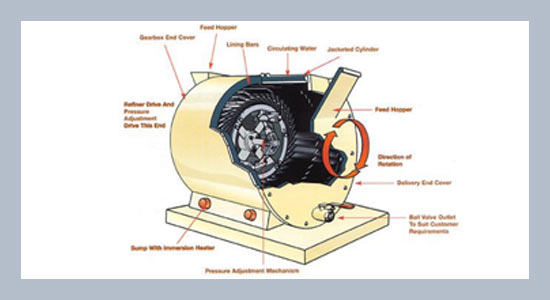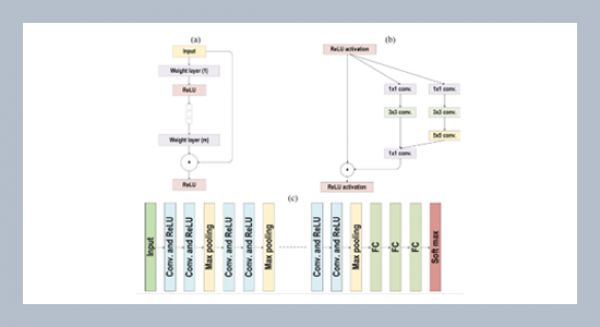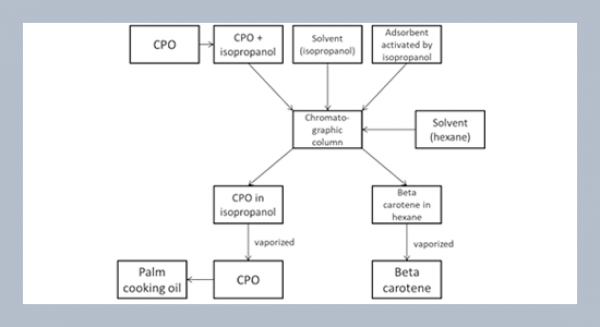Bassam A. Al-Helou* Faculty of Engineering Technology - Zarqa University, P.O. Box 132222 Zarqa, Jordan
Download Citation:
|
Download PDF
The paper presents a model for chocolate softness using two new design machines (Wieners) given by a polynomial equation of the third or the fourth order. The study aims at upgrading chocolate softness and homogeneity by designing and manufacturing two new machines that would be alternative to the costly current one. The capacity of the smaller one is 250 kg, and 1000 kg of the other. The eventual target is to elevate the present level of chocolate delicacy to match that in the developed countries. The findings of the study are satisfactory; the mixing period in the factory machines has been reduced from 24 to 12 hours in the newly smaller designed machine, while chocolate softness is lowered from 55 to 25 microns, hence increasing or enhancing the chocolate conformity and cohesion. As for the larger machine, time saving in chocolate mixing is 62.5 percent less than that in the primary mixer.ABSTRACT
Keywords:
Chocolate softness; primary mixer; weiner; grinding; mixing time; chrome marble; modeling.
Share this article with your colleagues
REFERENCES
ARTICLE INFORMATION
Received:
2011-11-17
Revised:
2012-02-09
Accepted:
2012-03-07
Available Online:
2012-09-01
Al-Helou, B.A. Modeling and comparative study between a 250 and 1000kg wiener machines for chocolate softness. International Journal of Applied Science and Engineering, 10, 227–239. https://doi.org/10.6703/IJASE.2012.10(3).227
Cite this article:















